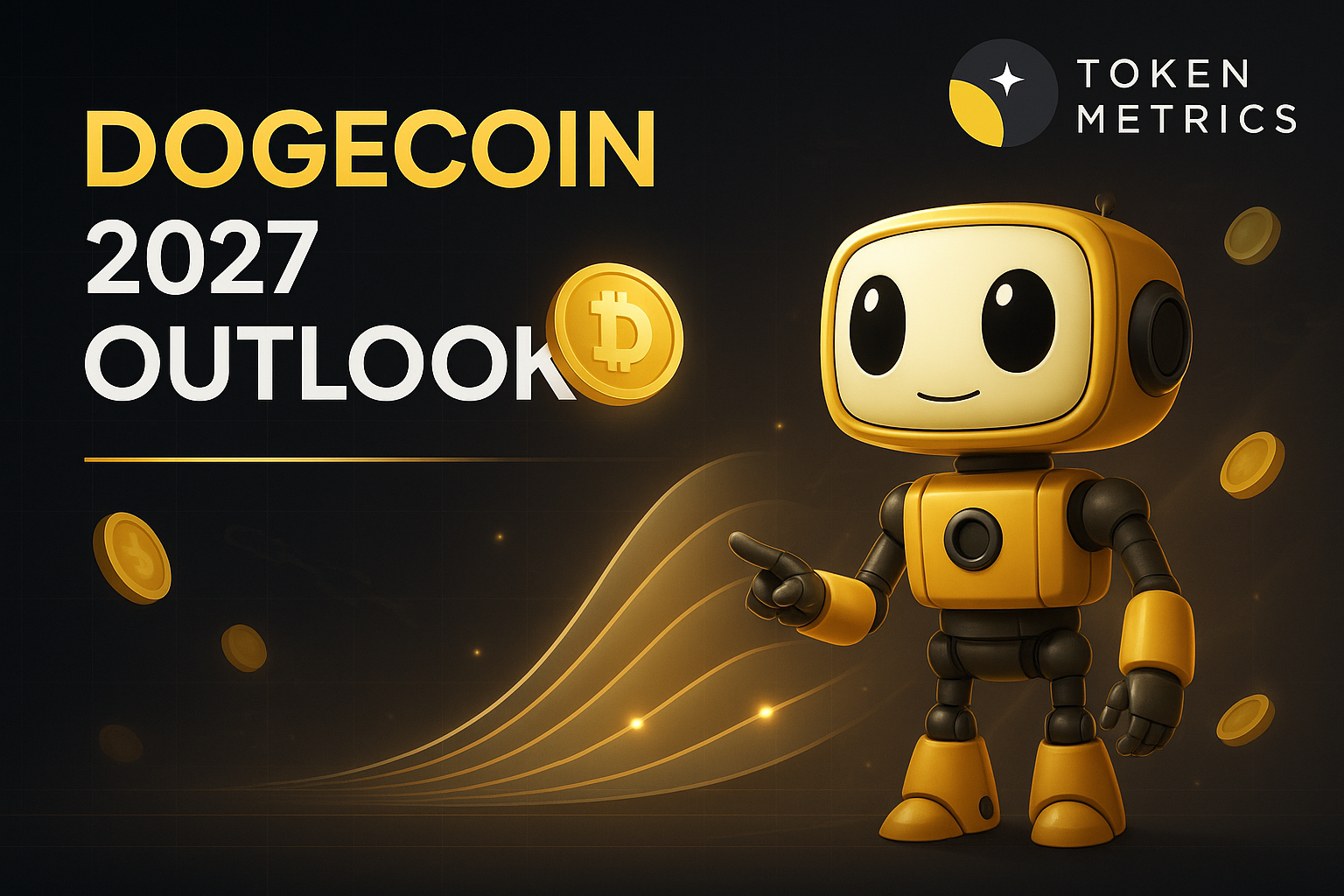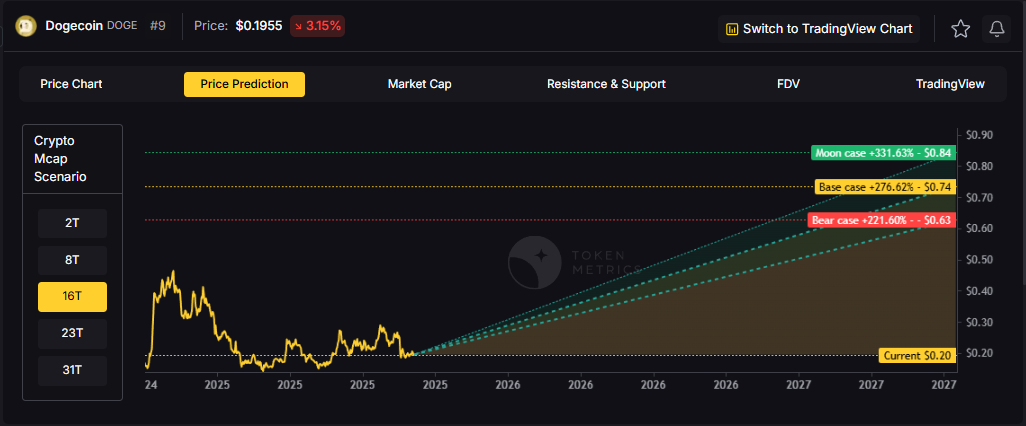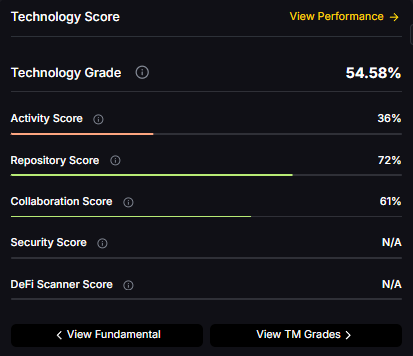
What is VWAP Indicator and How to Use it for Market Analysis?

In the ever-evolving world of finance and trading, having the right tools and strategies is crucial for success. One such tool that has gained popularity among traders is the VWAP indicator.
Whether you're a seasoned trader or just starting out, understanding the VWAP indicator and how to utilize it for market analysis can significantly improve your trading decisions.
This guide will delve into the intricacies of the VWAP indicator, providing you with valuable insights and practical tips to harness its power.
What is Volume Weighted Average Price (VWAP)?
The VWAP indicator, short for Volume Weighted Average Price, is a technical analysis tool widely used by traders to determine the average price at which a security has been traded throughout the day, weighted by the trading volume at each price level.
By factoring in both price and volume, the VWAP indicator provides a comprehensive picture of market trends and helps traders make informed decisions.
How is VWAP Calculated?
To calculate the VWAP, each trade's price is multiplied by its corresponding volume and then divided by the total volume traded during a given period. The formula is as follows:
VWAP = Cumulative Typical Price x Volume/Cumulative Volume
Where Typical Price = High price + Low price + Closing Price/3
Cumulative = total since the trading session opened.
Traders can customize the VWAP indicator to their desired time frame, such as intraday, daily, weekly, or even longer periods. By adjusting the time frame, traders can analyze different market dynamics and adapt their strategies accordingly.
Why is the VWAP Indicator Important?
The VWAP indicator is crucial for market analysis as it offers several benefits. Firstly, it helps identify the average price at which traders are entering or exiting positions, indicating areas of potential support or resistance.
Additionally, it provides insights into the market's overall sentiment and helps distinguish between temporary price fluctuations and significant trend changes. By using the VWAP indicator, traders can effectively gauge market dynamics and optimize their trading strategies.
How to Use VWAP Indicator for Market Analysis?
Now that we have a good understanding of the VWAP indicator and its interpretation, let's explore how to use it effectively for market analysis. Here are some steps to incorporate VWAP into your trading strategy:
Step 1: Plotting the VWAP Indicator
Most trading platforms offer the VWAP indicator as a built-in tool. Start by plotting the VWAP on your price chart. Adjust the time frame according to your trading preferences, whether it's intraday, daily, or longer-term analysis.
Step 2: Assessing VWAP in Conjunction with Price Movements
Analyze the relationship between the VWAP and price movements. When the price is consistently above the VWAP, it suggests a bullish trend, while a price below the VWAP indicates a bearish trend. Pay attention to price interactions with the VWAP, such as bounces off the indicator or breakouts through the VWAP line.
Step 3: Identifying Support and Resistance Levels
Use the VWAP as a dynamic support and resistance level. When the price approaches the VWAP from below and bounces off it, it may act as a support level. Conversely, if the price approaches the VWAP from above and encounters resistance, it may act as a resistance level.
Step 4: Monitoring VWAP Divergence
Watch for divergences between the VWAP and price movements. Divergence occurs when the price and the VWAP indicator move in opposite directions. This can signal a potential trend reversal or weakening momentum, providing valuable insights for traders.
Step 5: Combining VWAP with Other Indicators
Consider combining the VWAP indicator with other technical indicators to validate your market analysis. Popular indicators like moving averages, relative strength index (RSI), or stochastic oscillators can provide additional confirmation signals when used in conjunction with VWAP.
Step 6: Practice Risk Management
Remember to always practice proper risk management techniques when using the VWAP indicator or any other trading tool. Set stop-loss orders to protect your capital and use proper position sizing to manage risk effectively.
Interpreting VWAP Indicator Readings
When using the VWAP indicator for market analysis, it's essential to interpret the readings accurately. Here are some key insights that can be derived from VWAP analysis:
1. VWAP as a Reference Point
The VWAP indicator acts as a reference point for traders, highlighting the average price at which a security has been traded. Traders can compare the current price with the VWAP to determine whether the market is bullish or bearish. If the price is above the VWAP, it indicates bullish sentiment, whereas a price below the VWAP suggests bearish sentiment.
2. VWAP as Support and Resistance
The VWAP indicator can also serve as a dynamic support or resistance level. When the price is above the VWAP, it often acts as a support level, indicating that buyers are in control. Conversely, when the price falls below the VWAP, it may act as a resistance level, suggesting that sellers have the upper hand.
3. VWAP and Volume Divergence
Divergence between the VWAP indicator and volume can provide valuable insights into market trends. If the price is increasing, but the VWAP is declining, it may indicate weakening buying pressure, potentially leading to a reversal. Conversely, if the price is decreasing, but the VWAP is rising, it may signal decreasing selling pressure and a potential market upturn.
4. VWAP Breakouts
Traders often monitor VWAP breakouts to identify potential trading opportunities. A VWAP breakout occurs when the price of a security crosses above or below the VWAP line with a significant increase in volume. This breakout can indicate a shift in market sentiment and the start of a new trend. Traders may look to enter positions when a breakout occurs, anticipating further price movements in the direction of the breakout.
5. VWAP Bands
VWAP bands are another useful tool for market analysis. These bands are created by adding and subtracting a standard deviation from the VWAP line. VWAP bands provide an indication of the price range within which the majority of trading activity is occurring. Traders can use VWAP bands to identify potential overbought or oversold conditions, helping them make more informed trading decisions.
How to Trade With VWAP?
To trade with VWAP, traders can start by plotting the VWAP line on their price charts. This line represents the average price weighted by the trading volume. By comparing the current price of an asset to the VWAP line, traders can identify potential buying or selling opportunities.

If the price is above the VWAP line, it may indicate a bullish trend, suggesting a buy signal. Conversely, if the price falls below the VWAP line, it may signal a bearish trend, indicating a potential sell signal.
Additionally, traders can also use VWAP as a benchmark to assess whether their trades are performing better or worse than the overall market average. However, it is essential to consider other technical indicators, market conditions, and risk management strategies to make well-informed trading decisions.
Is Volume Weighted Average Price (VWAP) Reliable?
The Volume Weighted Average Price (VWAP) is widely used by traders and investors as a reliable indicator of the average price at which a security has traded throughout the day, taking into account the volume of shares traded at each price level.
VWAP is particularly useful for assessing the execution quality of trades and identifying potential entry and exit points. It provides a more comprehensive view of market activity compared to simple average price calculations.
However, like any indicator, VWAP should not be relied upon solely and should be used in conjunction with other technical and fundamental analysis tools. Factors such as market volatility, liquidity, and order flow can influence the accuracy of VWAP readings.
Therefore, it is important for traders and investors to consider the broader market context and their specific trading strategies when using VWAP as a decision-making tool.
FAQs (Frequently Asked Questions)
Q1. What time frame should I use for VWAP analysis?
The time frame for VWAP analysis depends on your trading strategy and preferences. Intraday traders may use shorter time frames, such as 5-minute or 15-minute charts, while swing traders may focus on daily or weekly charts. Experiment with different time frames to find what works best for you.
Q2. Can the VWAP indicator be used for any market?
Yes, the VWAP indicator can be used for various markets, including stocks, crypto and more. It is a versatile tool that provides valuable insights into market dynamics across different trading instruments.
Q3. Does the VWAP indicator work well in volatile markets?
Yes, the VWAP indicator can be particularly useful in volatile markets. Its ability to factor in volume helps smooth out price fluctuations and provides a more accurate representation of market trends. However, as with any indicator, it's important to consider other factors and use proper risk management techniques.
Q4. Can the VWAP indicator be used for long-term investing?
While the VWAP indicator is commonly used for short-term trading and intraday analysis, it can also be applied to long-term investing strategies. Investors can use the VWAP to assess the average price at which a security has been traded over a specified period, helping them make informed decisions about entry or exit points.
Q5. Are there any limitations or drawbacks to using the VWAP indicator?
Like any trading indicator, the VWAP has its limitations. It is primarily based on historical data and may not predict future market movements with 100% accuracy. Additionally, the VWAP is most effective during regular trading hours when volume is high. It may be less reliable during pre-market or after-hours trading when volume is low.
Q6. How can I optimize my VWAP analysis?
To optimize your VWAP analysis, consider incorporating other technical indicators or chart patterns. Combining the VWAP with indicators such as moving averages, MACD, or Bollinger Bands can provide additional confirmation signals and enhance your market analysis.
The Bottom Line
VWAP proves to be an invaluable instrument for mitigating uncertainty and haphazard trades. It furnishes day traders with the mean weighted price, empowering them to capitalize on their day trading activities and achieve multiple profits.
By incorporating additional technical analysis tools such as channel bands, pivot points, and trendlines alongside VWAP, an array of novel trading strategies can be formulated. It is imperative for traders to exercise caution, employ the VWAP indicator prudently, and steer clear of misleading signals.
Disclaimer
The information provided on this website does not constitute investment advice, financial advice, trading advice, or any other sort of advice and you should not treat any of the website's content as such.
Token Metrics does not recommend that any cryptocurrency should be bought, sold, or held by you. Do conduct your own due diligence and consult your financial advisor before making any investment decisions.

.svg)

Create Your Free Token Metrics Account

.png)




%201.svg)
%201.svg)


%201.svg)





















.svg)




.png)